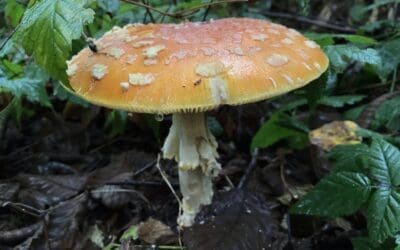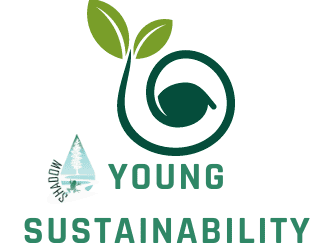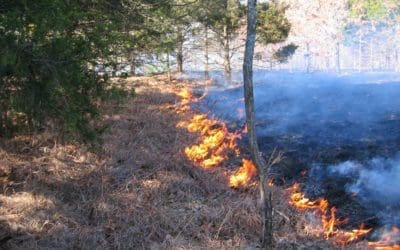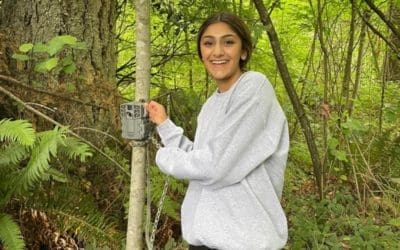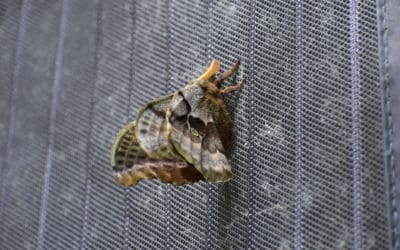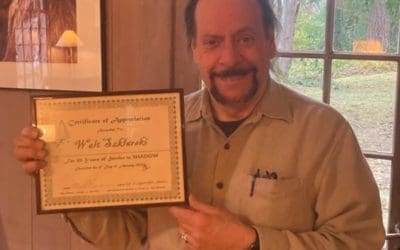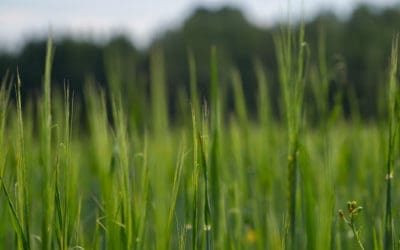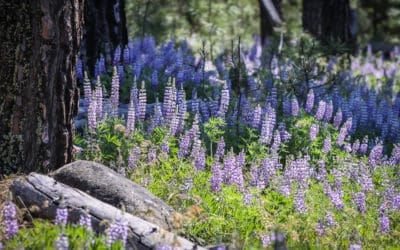Native of the Month: Mushrooms
Mushrooms are present all year but are particularly prevalent after the heavy rains characteristic of spring and fall. The rainy conditions this fall have produced a bumper crop of mushrooms and has gotten SHADOW staff excited about identifying and learning about...
Meet our new Education Program Lead: Cecilia Black!
Cecilia (she/her) grew up playing in the woods and wetlands of Washington where she discovered a passion for learning the “whys” and “hows” of the natural world. She followed this passion to a B.S. in Biology from Gonzaga University. After years of college spent in a...
Native of the Month:
Bigleaf Maple - Acer macrophyllumThere are few things as delightfully childlike as going out of the way to hear the crunch of fall leaves underfoot. Growing up, my family had a huge bigleaf maple tree that would produce an outstanding number of fluorescently yellow...
Citizen Science
Did you know that anyone, including you, can contribute to real-world science projects? You can work with scientists and other volunteers in gathering data that can help to answer real-world questions and learn about and gain confidence in scientific processes at the...
How do you frolic?
"Frolicking" means to play and run about happily. “[Mariel Zech] would elaborate on that definition to posit that frolicking is the art of surrendering to our desire to have fun through movement, and to express our appreciation for the experience we’re having through...
Young Sustainability: Fire Season
Hello and Happy Summer! I am happy to introduce Young Sustainability, a new feature column from SHADOW’s Teens in Public Service Intern, Isabella Boparai. Last newsletter you met Isabella, and learned of her great interest in environmental preservation, social...
Indigenous Fire Practices Shape our Land
For centuries, Indigenous communities use fire as an integral tool for various aspects of their way of life. From clearing lands for cultivation to hunting game, this deliberate use of fire, known as "cultural burning," was a means of promoting ecological diversity...
Native of the Month: Lodgepole pine
Lodgepole pine - Pinus contortaThe Lodgepole Pine (Pinus contorta) has mastered the art of regeneration through flames. Found across a range of landscapes, from coastal regions to mountain slopes, Lodgepole Pine has evolved to thrive in fire-prone ecosystems. Its...
Welcome Isabella!
Greetings everyone! My name is Isabella Boparai, and I am the newest intern at SHADOW Lake Nature Preserve. I am currently entering my senior year at Bellevue High School and plan to major in political science. Some of my interests include food, food, and more food....
Know Your ‘Why’
Know your why in July and be inspired all year long! There are many catch phrases out there about finding out what drives or inspires you, one that I have most recently heard and relate to is “Know Your Why.” We start our lives asking lots of whys, much to the chagrin...
Plastic pollution has emerged as a global crisis, severely affecting our natural and built ecosystems and human health. Plastic-Free July is an annual initiative that encourages individuals and communities to refuse single-use plastics and adopt sustainable...
Native of the Month: Moth-er of all Lepidopterans: the Mighty Moths
Moths evolved long before butterflies; fossils of moths have been dated back 200 million years. Some scientists believe that moths evolved with flowering plants. But new studies suggest that they first developed their long tongue, or proboscis, to lap up sweet...
Farewell Nathan!
It is with mixed emotions that we announce the departure of Education and Restoration Lead, Nathan LeClear, from SHADOW Lake Nature Preserve. Since joining the preserve in January of 2022, Nathan has excelled in his role. He has a kind soul and his love of the natural...
Native of the Month: Salamanders
Axolotl Questions About Our Native Salamanders Frogs are our most vocal amphibians, and we have a number of species here in Washington. But our diversity of wetlands and streams, from lowlands to mountains also provide a multitude of habitats for our other big...
Spotlight: Board Member: Walt Szklarski
2023 is Walt’s 20th year as a board member! Walt helped establish the partnership between SHADOW Lake Nature Preserve and the Tahoma School District, where he was first a science teacher and then the Instructional Technology Coordinator. With a BS in Biology and MEd...
No Mow May
In the PNW, April showers bring May showers. Our rainy springs play a vital role for our ecology, and as the days get longer and warmer, the grass starts to not so much crawl as leap up from the ground. (Queue the sound of thousands of roaring lawn...
The science of spring
One of the most iconic phenomena in nature is the arrival of Spring. In temperate climates many species of plants lose their leaves in the fall (the season is named for just that reason), and then in spring leaves and flowers re-emerge. But why, and HOW? In answering...
Native of the month: Frogs
The smallest frog in western Washington is also our most prolific, and has the widest distribution throughout the state. The Pacific Tree Frog, Psudacris regilla, is the only native frog species found in every county! This little frog is so abundant that it was made...
Highlighting volunteer projects
As a not-for-profit organization, SHADOW operates with a small staff. But keeping your neighborhood nature preserve operating smoothly and available to the public is dependent on additional help from our volunteers. Many hands make light work, as the saying goes! The...
SHADOW Spotlight: Board Member Alison Webb
Alison Webb completed her Ph.D. in Biology at Utah State University and worked as a graduate fellow with the National Science Foundation to bring academia level research into K-12 classrooms. She moved to Washington in 2018 and started Pacific Northwest Biology as a...
How does language shape our view of reality?
There is an interesting field of study known as psycholinguistics which concerns itself with, among other things, the interplay between spoken language and cognition. As with most interesting scientific phenomena, the notion that language dictates cognition has a long...

